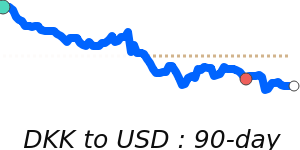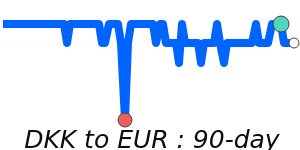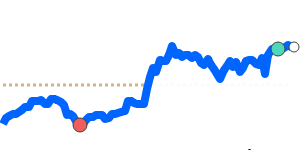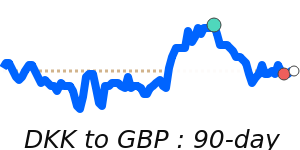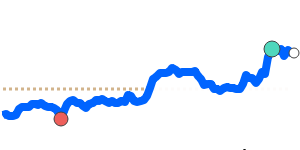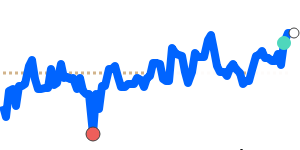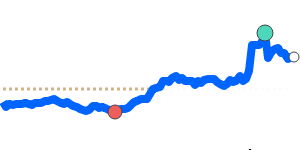The USD to DKK exchange rate has recently been influenced by shifting market dynamics for both currencies. Analysts note that the US dollar (USD) has been experiencing a downward trend, particularly following a surprising drop in US inflation from 3% to 2.7% in November. This development has raised expectations for aggressive monetary easing by the Federal Reserve, potentially starting in 2026. With futures markets now factoring in several rate cuts beginning as soon as March, the USD has lost its relative yield advantage, resulting in downward pressure on the US Dollar Index (DXY).
Recent data from the US indicate a mixed economic landscape. Slowing manufacturing and consumer spending suggest weaker economic momentum, yet a historically low unemployment rate keeps a cautious approach at the Federal Reserve regarding aggressive cuts. However, if December's consumer sentiment index reflects improved morale, it could lend some support to the USD, though the overall sentiment appears risk-averse.
In contrast, the Danish krone (DKK) is undergoing its own challenges. While the Nationalbanken recently aligned its rates with the European Central Bank's cuts to stabilize the currency, concerns over a weakened krone against the Euro persist. This depreciation has led to speculation that intervention from the central bank may be necessary to maintain the peg. Despite this, the krone has displayed notable stability in recent months and increased trading volumes, making it the 13th largest currency market globally.
Current USD to DKK rates are at 90-day lows near 6.3319, approximately 1.3% below the 3-month average of 6.4169. The exchange rate has remained within a narrow 2.7% range, suggesting a market waiting for clearer signals. Forecasters suggest that the future trajectory of the USD to DKK exchange rate will largely depend on upcoming US economic data and the Federal Reserve's communications regarding interest rate policy. As the market navigates these developments, investors are encouraged to stay vigilant about potential volatility and to consider strategic planning for international transactions in light of these forecasts.
